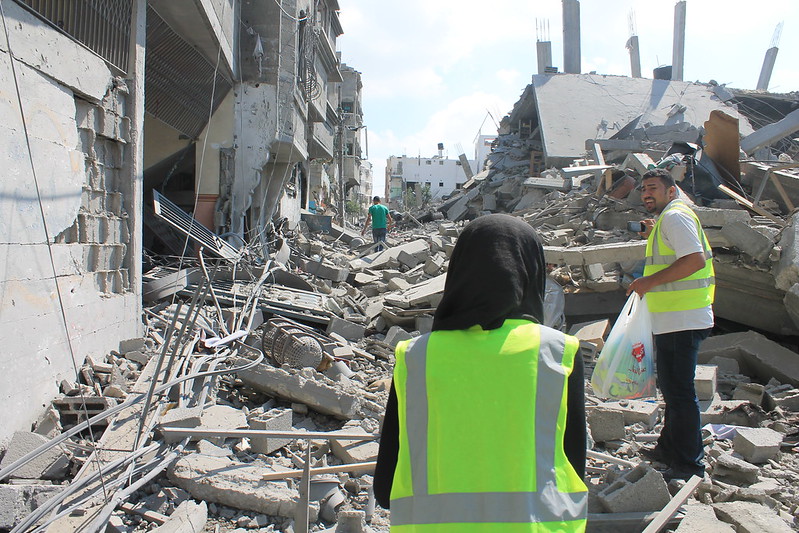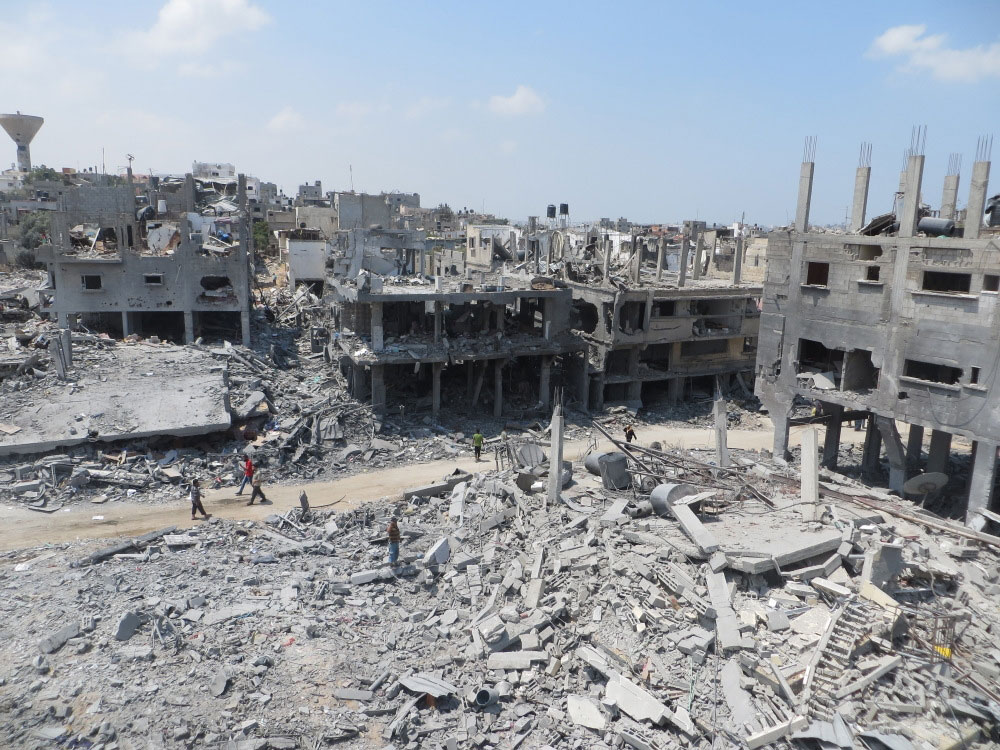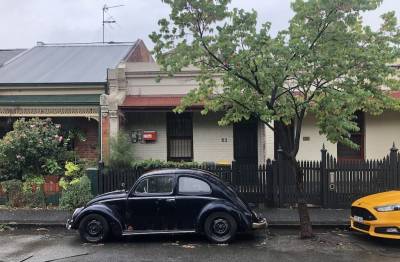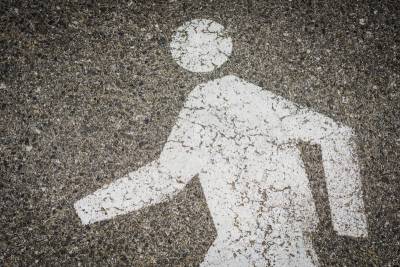home » news » cities
Vault 2014: Gaza - cities under siege and under attack
Everything below the line was originally published on 21.07.2014 at the Architects for Peace blog .

Credit: Joe Catron in Shujaya in Gaza City, Sunday July 20th 2014. See the set .
All eyes should be on Gaza at the moment, but understandably many are focused on unfolding events in the damp fields of Eastern Ukraine . The Gaza Strip is small and densely populated with over 5,000 people per square kilometre. It is tense and under siege. Borders to Israel and Egypt have been closed to the general population, offering no means of escape from the conflict. The underground supply tunnels used for civilian supplies are considered illegal by Israel and are further threatened by their secondary use as conduits for weaponry. Israel’s defence force has them in their sights, and Egypt recently announced the closure of 1,370 tunnels to the South.
So far 50,000 Gazans have taken relative refuge from the missiles in UN camps. To stay at home, as Hamas has advised them to do, puts them in danger’s way. This doesn’t make them immune to violence, as a missile attack last week on the Central Bureij and Khan Younis refugee camps proved.
The IDF says that missiles are launched on Israeli cities from within populated areas, and so we see retaliatory strikes on mosques, schools, and even a community centre for the disabled. But we’re also seeing children on beaches being shelled. The resulting fatality statistics are starkly imbalanced. 75% of Gaza’s casualties are civilian, many dying in their own bedrooms. Israel’s stated aims for the current bombardments and incursions into farmland are to bring about quiet, and to remove the tunnels. The effects are different.

Over 40% of workers are unemployed. Farmers can’t get to their fields near the border to supply fresh food. Fishermen can’t take to the sea due to the blockade and raw sewerage outfalls. Some areas have been without water for most of the week, and electricity is limited. Given the lack of employment, construction, and basic necessities due to the blockade, Gaza is at a point of desperation. The Hamas government1 was rapidly losing support due to deteriorating conditions, and last month transferred authority for Gaza to the Palestinian Authority in Ramallah, ahead of forming a “Palestinian Unity Government”. This was against Israel’s wishes. Life quickly got worse on the ground as salaries stopped being paid to Gaza’s 43,000 civil servants. Offers from Qatar and the UN to pay them were blocked by Israel and the U.S. on the grounds that these civil servants were working for a terrorist organisation. Hamas continued to be held responsible for the Israeli deaths caused by other less diplomatically-minded forces and individuals. Strikes against Israel, while inexcusable, need to be seen in context. Any country has a right to defend itself against missiles landing inside its borders, but its reaction needs to be proportional and intelligent. What we are seeing, again, is an overreaction that places civilians in danger, not militants. It increases tensions rather than defusing them. And it is an overreaction to a series of events in which Israel was hardly innocent.
Meanwhile, the residents of Gaza continue to live in terror amidst increasingly squalid conditions. Before the ground assault, residents in the areas surrounding the city of Khan Younis received leaflets dropped by the IDF telling them to go to Khan Younis to escape harm. More leaflets were said to be being distributed on Saturday, now advising residents of Khan Younis and nearby cities to evacuate. Nowhere is safe, and there is nowhere to run to for Gaza’s impoverished 1.8 million people.
1 The original 2014 post asserted that Hamas had been “democratically elected”. They had won the 2006 Palestinian Legislative Council elections, but conflict with the Fatah party led to a West Bank – Gaza split the following year. Efforts to form an elected “unity” government in 2014 did not come to pass.
Posted by Peter on 29.03.24 in cities
tags: urban warfare, vault
comment
Commenting is closed for this article.


